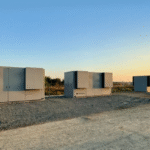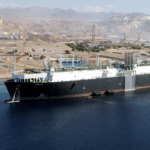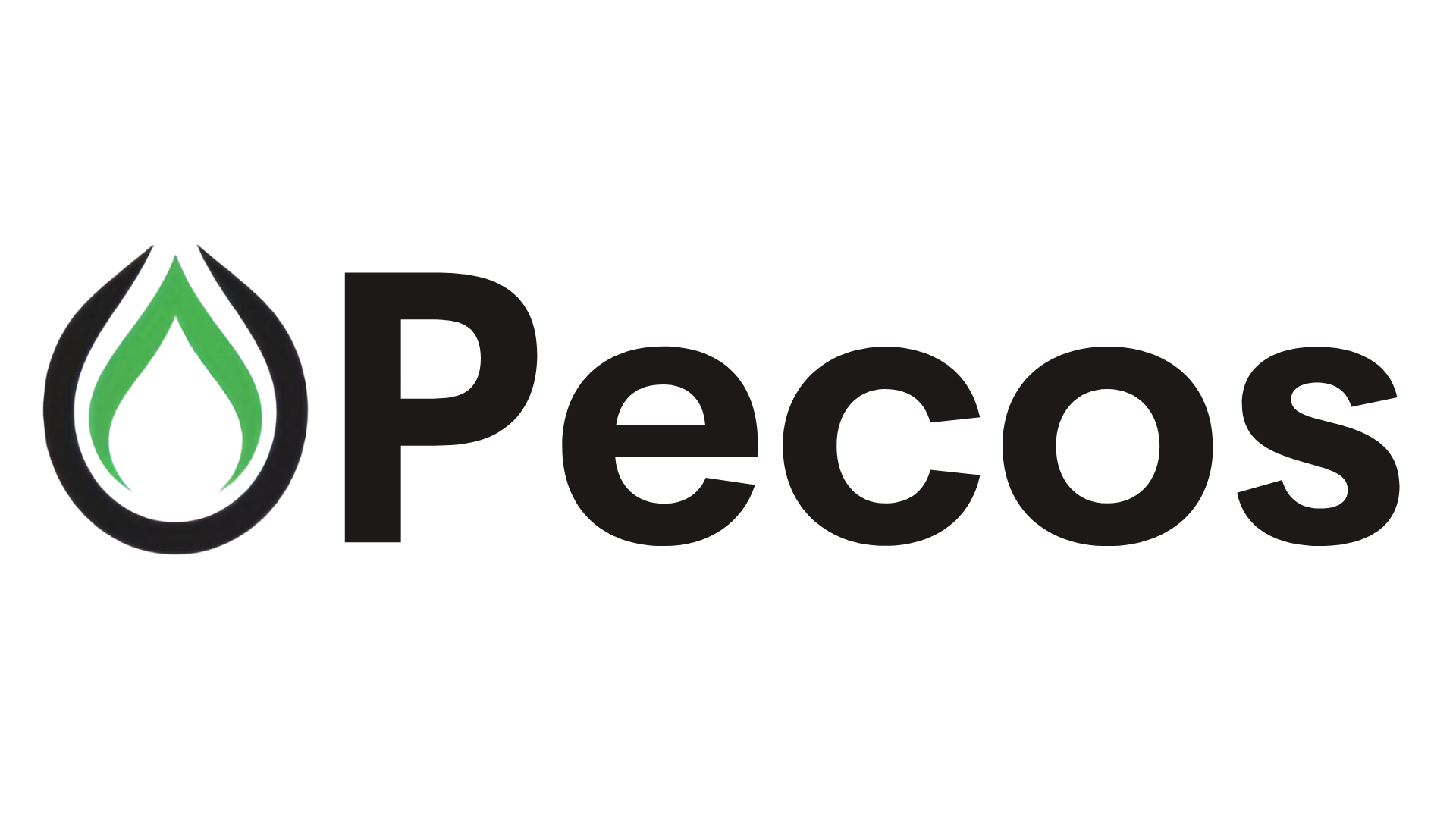Energy News Beat
The bottom line is that it would be better for France’s consumers never to have installed Wind energy.
French Energy Mix
-
Nuclear Power: Approximately 65–70% of electricity generation in 2023 and 2024. In 2023, nuclear power accounted for about 70% of the supply, producing 494.4 TWh, though output varies due to maintenance and operational issues. For May 2025, nuclear production was reported at 25.4 TWh, a 9% drop from the previous year, marking the lowest May output since 2023.
-
Renewables: Around 20–25% of the energy mix, with significant growth in recent years:
-
Hydro: Historically significant, contributing ~10–12% of electricity, boosted by snowmelt and river systems like the Rhône and Loire. In 2023, hydro output increased by 17% from 2022.
-
Wind: Both onshore and offshore wind are expanding, contributing ~8–10% in 2023, with a 26% output increase from 2022. Offshore wind capacity is growing, with three operational farms (1.5 GW total).
-
Solar: Solar power made up ~8.9% of the mix in 2023, with an 18% output increase from 2022.
-
Biomass and Other Renewables: Biomass is a notable portion of the renewable mix, sometimes misclassified as “renewable” despite environmental concerns, contributing ~1–2%.
-
-
Fossil Fuels: Minimal contribution, ~1–5%, primarily from natural gas (e.g., 1% from gas cogeneration in May 2025). France relies on gas imports from Norway, Algeria, and Russia, with consumption of 33.9 billion cubic meters in 2023. Coal is nearly phased out, at ~0–1%.
-
Imports/Exports: France is typically Europe’s largest net electricity exporter (46.7 TWh exported vs. 24.3 TWh imported in 2023), but in 2022, it became a net importer (26.84 TWh imported vs. 8 TWh exported) due to low nuclear availability. In Q1 2023, France resumed exporting, aided by mild weather and reduced demand.
-
Production: 494.4 TWh
-
Consumption: 438.3 TWh
-
Carbon Intensity: ~45 g CO2/kWh in 2023, among the lowest globally, due to nuclear and hydro dominance.
-
Nuclear: 46–81% of the mix, with periods of lower output due to maintenance or market conditions (e.g., three reactors—Golfech 2, Cruas 2, Tricastin 2—were shut down in May 2025 due to low demand or negative prices).
-
Renewables: 18–53%, with zero intermittency in some periods, covering 25–72% of consumption.
-
Overproduction: Exports of 7–42% of generation, with some nuclear reactors deemed “unnecessary” for domestic needs during high renewable output.
Operational Status of the Nuclear Fleet
-
Current Status (April–May 2025):
-
Output: In April 2025, nuclear output was 27.1 TWh, up 0.4 TWh from April 2024. Cumulative output from January to April 2025 was 130.1 TWh, up 6.9 TWh from 2024, reflecting better reactor availability and shorter outages.
-
Availability: As of early 2023, availability reached 73% (January) and was projected to hit 76–84% by year-end. In April 2023, 35–40 of 56 reactors were online, with a maximum capacity of 36–37 GW. Recent data suggests similar or slightly improved availability, though specific reactor counts for May 2025 are unavailable.
-
Recent Shutdowns: In May 2025, three reactors were offline due to low demand or negative prices, a strategy to avoid losses when renewable output is high.
-
-
Historical Context (2022–2023):
-
2022 Low: A record 28 reactors were offline at one point due to stress corrosion cracking (discovered in late 2021 at Civaux and Chooz N4 reactors), maintenance delays from COVID-19, and cooling water shortages during heatwaves. Output dropped 23% to 282 TWh, the lowest in 30 years.
-
2023 Recovery: By January 2023, availability improved to 73%, with 44 GW online by January 10, 2023 (12 reactors offline). EDF completed inspections and repairs on 12 priority reactors (N4 and P’4 units) by January 2024, with plans to inspect all reactors by 2025.
-
2024 Output: Q1 2024 saw 4 million kWh, up 13.4% from Q1 2023, the highest for that period since 2021.
-
-
Maintenance and Lifetime Extension:
-
Grand Carénage Program: A €49.4 billion initiative (2014–2025) to extend reactor lifespans from 40 to 50 years, approved by the Nuclear Safety Authority (ASN) in 2021. Tricastin 1 was the first reactor approved for operation beyond 40 years in August 2023.
-
Challenges: Stress corrosion repairs, workforce shortages, and strikes (e.g., 2023 pension reform protests) have delayed maintenance. The fleet’s average age is ~36–37 years, requiring ongoing investment.
-
Fessenheim Closure: Units 1 and 2 were closed in 2020 for political reasons, reducing capacity by 1.8 GW.
-
-
Future Plans:
-
Flamanville 3: A 1.65 GW EPR under construction since 2007, expected to start in 2024, delayed from 2012.
-
New Reactors: Plans for six EPR2 reactors by 2035–2050, with potential for eight more, plus small modular reactors (SMRs).
-
Policy: The 50% nuclear reduction target was delayed from 2025 to 2035. Macron’s 2022 policy shift emphasizes nuclear expansion for carbon neutrality by 2050.
-
Connection to Offshore Wind and Negative Prices
Summary
-
Energy Mix: Nuclear (65–70%), renewables (20–25%, with hydro, wind, solar, and biomass), and minimal fossil fuels (~1–5%). France’s low-carbon mix (45 g CO2/kWh) supports its role as a major exporter, though 2022 saw net imports due to nuclear outages.
-
Nuclear Fleet: 56 reactors (61.3 GW), with ~73–84% availability in 2023–2025. April 2025 output was 27.1 TWh, with 130.1 TWh year-to-date, up 6.9 TWh from 2024. Challenges include aging infrastructure, corrosion repairs, and maintenance delays, but recovery is ongoing via the Grand Carénage program.
The French government and two offshore wind developers have amended their power purchase agreements, which will enable the shutdown of offshore wind farms during periods of negative prices.
The changes permit the farms to either reduce or completely stop production during times of negative pricing.
This comes as a response to issues grid operators across Europe face due to excess power generation from solar and wind projects. At the same time, energy demand does not rise quickly enough to soak up all the additional energy.
Until this new deal, electricity generated by Électricité de France’s Fécamp and Saint-Nazaire offshore wind farms and Iberdrola’s Saint-Brieuc, which have a total capacity of 1.5GW, was purchased at a fixed price under government subsidies.
That sometimes resulted in the electricity being sold at negative prices in the market, straining public budgets and the grid.
The new PPAs aim to stabilise supply and demand. The government has already tested the effectiveness of the production reductions at these wind farms from May 10 to May 11.
Except for the smallest facilities in the country, most recent renewable energy installations utilise a system that encourages producers to pause operations during times of negative pricing. Even larger offshore wind farms in the country will soon be able to use a similar adjustment mechanism.
The post French offshore wind farms to curb production during negative prices – and what is France’s energy mix appeared first on Energy News Beat.









